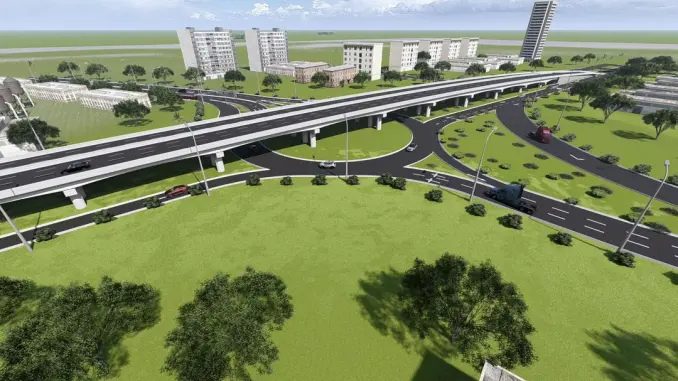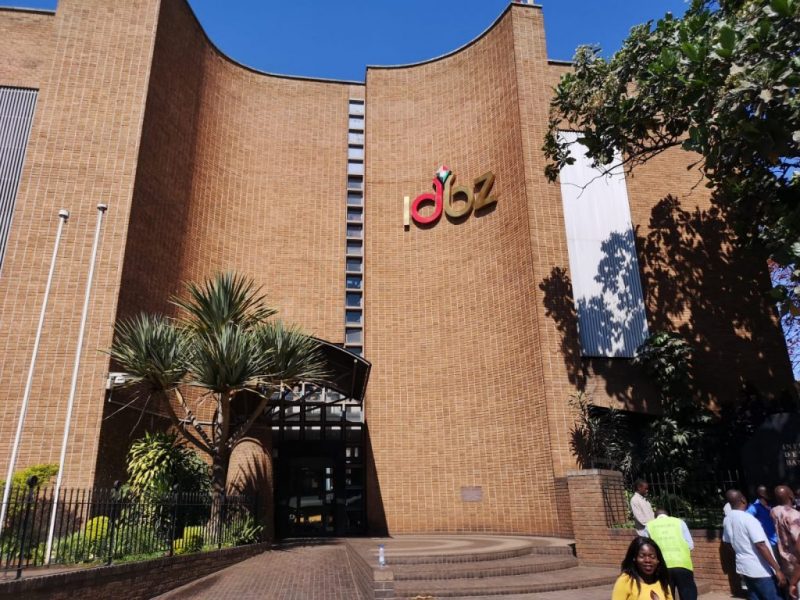Dinson steel plant construction on track to meet December target
DINSON Iron and Steel Company (Disco) says construction of its US$1,5 billion steel plant in Manhize near Mvuma is 78 percent complete with the project on track to meet the December 2023 commissioning target.
The development of the steelworks believed to be Africa’s largest integrated steel plant, began in 2022 with an initial production deadline of August this year, but this has since been moved to December following delays that resulted from incessant rains the country experienced early this year.
Disco is one of the three local subsidiaries of China’s largest stainless steel producer, Tsingshan Holdings Group Limited.
It also owns Dinson Colliery in Hwange in Matabeleland North Province and a ferrochrome plant, Afrochine Smelting Limited in Selous.
In an interview on Monday, Disco project director Mr Wilfred Motsi said overall the steelworks project was now 78 percent complete while the construction of the electricity transmission line from Sherwood to Manhize was also progressing well.
The company has also announced the intention to develop three greenfield power projects with a combined output of 300MW.
The three power projects are solar, wind and heat from the steel plant’s operations which will be converted into electricity.
The plant will need about 500MW under the first phase of the steel production.
“In terms of construction of the steel plant the project is now 78 percent complete and our wish is to meet the December commissioning deadline which at the moment we are on track to achieve.
“We have also cleared the 100-kilometre stretch from Sherwood in Kwekwe to the steel plant for the power transmission line and also the foundations for the pylons of that transmission line all have been completed while at the site construction of the support infrastructure is under construction.“We are also in the process of constructing a power workshop that we hope will be complete by the time the first blast furnace is switched on in December. Heat produced from the power workshop will be converted into electricity,” he said.
Zimbabwe is poised to become Africa’s largest steel producer and seventh in the world when the Manhize steel plant becomes operational.
The project will be commissioned in phases starting with an annual production of 600 000 tonnes, which will be gradually ramped up to 1,2 million in the second phase and 2,4 million in the next phase before reaching five million in the final phase.
When Zisco was operating at its peak in the late 1990s producing about 1,2 million tonnes of steel annually, Zimbabwe was Africa’s biggest iron and steel producer.
However, Zisco seized operations in 2008. Mr Motsi dismissed reports that the company was importing raw materials such as cement and bricks for the Manhize steel plant.
“It is not true that we are importing cement.
“We are sourcing it from local cement producers. “However, what we are importing from China and Hong Kong are those refractory bricks used when building blast furnaces,” he said. According to ZimTrade, potential export steel markets for Zimbabwe include Zambia, Botswana, Angola, the Democratic Republic of Congo, Malawi, Mozambique, and Namibia.
According to Trade Map, Zambia imported iron and steel worth around US$226 million in 2020, with the majority coming from South Africa (US$113 million), China (US$64 million), Chile (US$27 million), and India (US$3 million). In terms of quantities, Zambia has been importing more iron and steel over the years, from around 58 000 tonnes in 2018 to around 81 000 in 2021.
“Leveraging on Zimbabwe’s short distance to Zambia, there is potential for Manhize Iron Steel Plant to produce products that will compete well in the neighboring country,” said Zimtrade.
In Malawi, most of the iron and steel imports, worth around US$83 million in 2021 came from China. The other major suppliers are South Africa, Zambia, and Mozambique. In terms of quantities, Malawi imported 39 000 tonnes of iron and steel in 2021.
During the same year, Mozambique also imported around 111 000 tonnes, valued at US$99 million. Major suppliers were South Africa, China, Japan, Turkey, and Portugal. Namibia in 2021 imported 26 000 tonnes of iron and steel worth around US$95 million, with major suppliers being South Africa, China, and Zambia.
For DRC, the import value of 46 000 tonnes of iron and steel was about US$126 million in 2021, with major suppliers being South Africa, China, Zambia, and Turkey.
“Considering the proximity of these markets, and their current source markets, that are as far as Asia and Europe, there is no doubt that locally produced iron and steel will compete well in the region,” said Zimtrade.-herald









